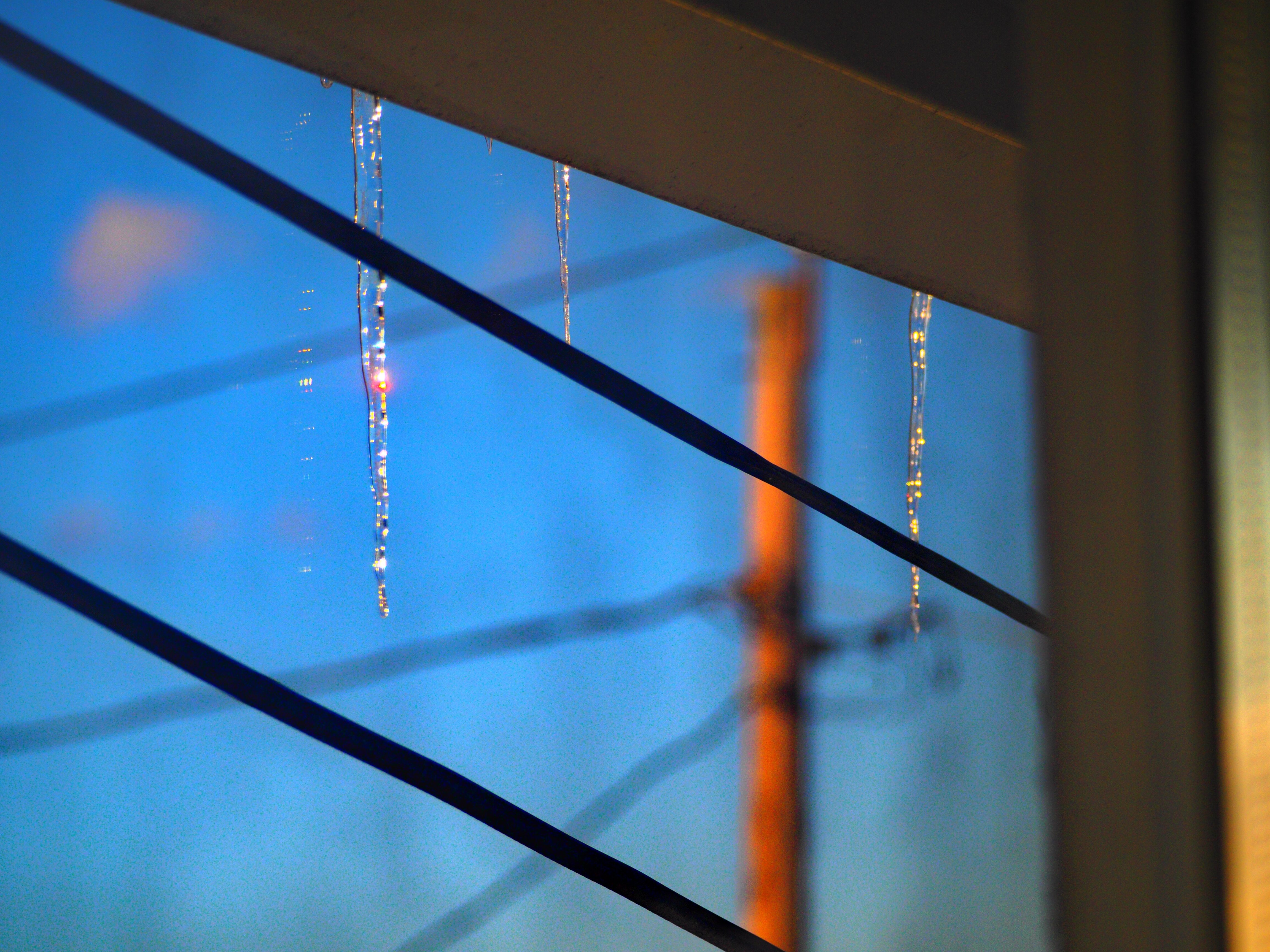-
Posts
44,789 -
Joined
Content Type
Profiles
Blogs
Forums
American Weather
Media Demo
Store
Gallery
Everything posted by LibertyBell
-
We actually need AI to run our governments instead of dumb politicians who are beholden to corporations, but thats another story. I would support AI running everything over any human. In regards to banding, I find that really annoying because for some reason (I'm sure it's not chance because it happens EVERY TIME) the south shore here is always in the sucker zone for snow. The ONLY time it doesn't happen is when we have moderate or stronger el ninos and a big coastal storm (not necessarily strong) hitting an arctic front.... aka, Feb 1983, PD2 and Jan 2016. It also happened one time in a la nina.... Jan 1996. Are those the only storms where you found that banding wasn't important and the whole area (meaning our local area) was buried with 20"+ of snow?
-
Do you think we could fix these problems by not making models accessible to the general public and only make them accessible to mets with 4 year degrees in meteorology (I dont like the fake mets with degrees in other things or fly by night diplomas either) Also, I see that even our heralded TV mets (real mets) got this one wrong....Lee Goldberg had the entire NYC area and western LI in 1-3" of snow and showed an output of 2.8" at NYC....obviously that's not going to happen.
-
Looks like taking an average of both extremes works out the best in most cases.
-
lmaoooo do you remember the guy who measured snow by sticking his ruler in the ground upside down and then actually took a picture of it like that and reported the observed "snowfall total"?
-
I think that might be a prerequisite to being obsessed with the weather. Exhibit One of a sane person: My sister, who measures rainfall with a bucket, doesn't care about rain gages because why would it matter to measure rainfall to the nearest .01 inch? She measures snow by sticking a ruler in the ground, just once. That's it. She watches weather reports on WABC and TWC. Doesn't care about weather models, because they are all wrong anyway, so might as well look at the most convenient way to access the weather as possible instead of scanning through a dozen different weather models through multiple runs. I told her about the forums and what you guys do. Her first question was....do they get paid for this kind of work? I said no. She shook her head....I believe she thinks we're all insane lmao. She's wayyyyy smarter than the average person, but she isn't obsessed so she sees meteorology as being inexact and just not worth trying to microanalyze every detail or worrying about a week in advance because no one and no model truly knows what the outcome will be. But with no knowledge of indices or any of that stuff, she did say that using analogs may no longer be that useful because with the changing climate weather is becoming less predictable. And weather is very important to her because she's an avid gardener, she just knows not to get obsessed with it because the outcome is still unknown days in advance no matter how much tech we have to throw at it.
-
I actually agree with you. Which is why we must temper anger with sympathy.
-
You should remember it because you were involved in it last year. So basically he said I was someone else and even said it in public and he sent me a message making the same allegation. You told him that I am not that person lol. Also, in all due respect, you're a very good mod, but you have a soft spot for him....perhaps if people stopped defending him he would modify his behavior. I've found weenieing people who weenie a good deterrent to make them think twice about that behavior but in all honesty 5 posting should also limit all other behavior on the forum. edit-- He claimed I was some guy named "Mersky" and I told him I'm not and I don't even know who that is, and he kept on about it. This was from Jan 28, 2021. I think he said it in public too and you told him I wasn't that person (whomever that is.) I still have the message and I called him paranoid even back then.
-
He sent those to me too dude (last year- as you know)-- in all fairness if a guy is 5 posted he shouldn't be allowed to participate in any way on the forum after the 5 posts are up. He is a menace who sends threatening messages. Someone needs to take this up with Randy. I dont even give a shit about snow lol, I love summer heat a lot more because I'm pretty sure I've seen the best snowstorm this area is ever likely to see, his personality just rubs people the wrong way and he has a lot of paranoid tendencies that need to be addressed by a professional.





